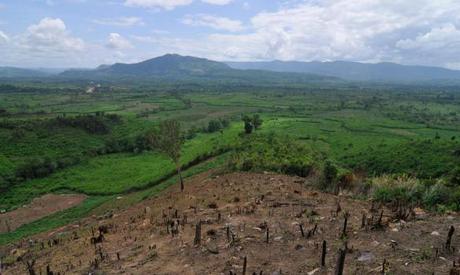GR: The Living Planet Index, which measures abundance levels of 14,152 monitored populations of 3,706 vertebrate species, continues to show a downward trend. On average, monitored species declined by 58% between 1970 and 2012. The report ties the decline to humans and human population growth. Authors of the report struggle to find optimism to share, but they do not directly deal with population. Unless we begin to cut our population, the continuing loss of wildlife is inevitable.

“What’s the status of some animal populations?
“Populations of vertebrate animals—such as mammals, birds, and fish—have declined by 58% between 1970 and 2012. And we’re seeing the largest drop in freshwater species: on average, there’s been a whopping 81% decline in that time period.
“- 38 % The terrestrial LPI shows that populations have declined by thirty-eight percent overall between 1970 and 2012.
“- 81 % The freshwater LPI shows that on average the abundance of populations monitored in the freshwater system has declined by eighty-one percent between 1970 and 2012.
“- 36 % The marine LPI shows a thirty-six percent overall decline between 1970 and 2012.
“This loss of wildlife is startling, and people are at risk, too. Without action, the Earth will become much less hospitable for all of us. We must consider our impact on nature as we make development, economic, business, and lifestyle choices. A shared understanding of the link between humanity and nature is essential to making profound changes that will allow all life to thrive for generations to come.” — Living Planet Report 2016 | Pages | WWF

